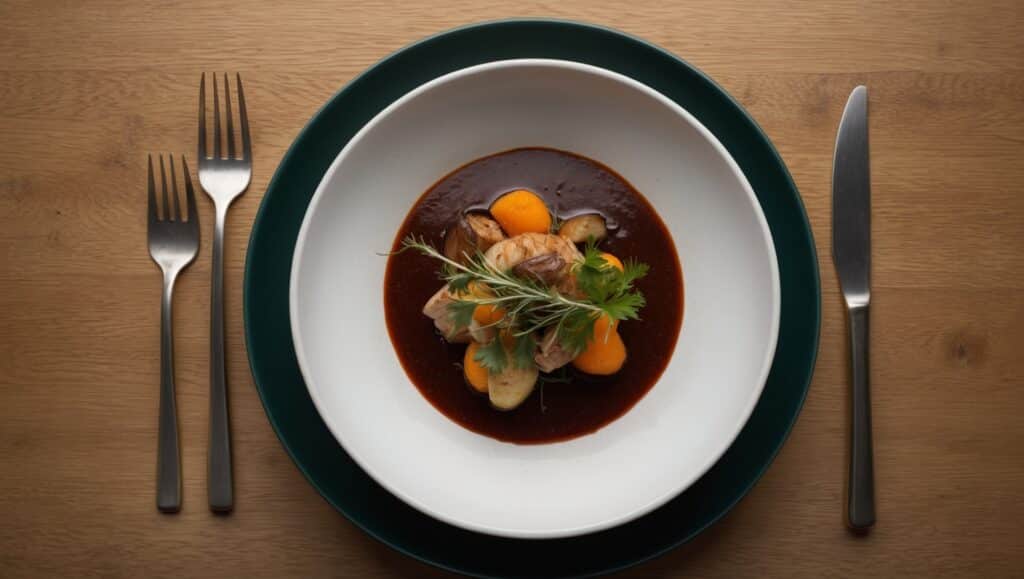Welcome, dear readers, to the wild and wacky world of AI-generated recipes! If you’ve ever wondered what happens when artificial intelligence dons a chef’s hat, you’re in for a treat—or maybe a trick. Today, we’ll explore some of the most bizarre concoctions AI has whipped up, and then I’ll share some tips on how to get your digital sous chef to create edible dishes. Buckle up; it’s going to be a deliciously funny ride!
The Good, the Bad, and the Ugly: AI Recipe Fails
- The Great Garlic Ice Cream Incident
Imagine a hot summer day, and you’re craving something cool and refreshing. You ask your AI for a new ice cream recipe, and it suggests… garlic ice cream. Yes, you read that right. Garlic. Ice. Cream. One brave soul decided to try it, and the result was an intense, creamy disaster that left everyone reaching for breath mints instead of seconds.

- The Sardine Smoothie Surprise
Smoothies are supposed to be healthy and delicious. Well, not when AI gets creative. One unfortunate experiment resulted in a sardine smoothie. It is packed with protein and omega-3s but also with the unmistakable taste of fish. Let’s say it didn’t become a breakfast staple.

- The Pickle Cake Catastrophe
Cakes are meant to be sweet, fluffy, and delightful. But when AI combined the tangy crunch of pickles with the soft sweetness of cake, the result was a culinary abomination. The pickle cake was so bad that even the most adventurous eaters couldn’t get past the first bite.

Tips and Tricks for Tasty AI Recipes
Now that we’ve had a good laugh at AI’s expense, let’s get serious about getting some tasty recipes from our digital friends. Here are some best practices:
- Be Specific with Your Requests
When asking for a recipe, be as detailed as possible. Instead of saying, “Give me a cake recipe,” try “Give me a chocolate cake recipe with a rich, moist texture.” The more specific you are, the better the AI can tailor the recipe to your tastes.
- Use Trusted Sources
Many AI platforms pull recipes from various sources. Stick to those that use reputable culinary databases or well-known cooking websites. This increases the chances of getting a recipe that’s been tested and approved by human chefs.
- Check the Ingredients List
Before you start cooking, review the ingredients list carefully. Don’t be afraid to tweak the recipe if you see something that seems out of place (like sardines in a smoothie). AI is excellent, but it doesn’t have taste buds!
- Start with Simple Recipes
If you’re new to using AI for cooking, start with simple recipes. Essential dishes like pasta, salads, or soups are less likely to go wrong. Once you’re comfortable, you can move on to more complex creations.
- Give Feedback
Many AI platforms learn from user feedback. If a recipe turns out great, let the AI know. If it’s a disaster, provide constructive criticism. This helps improve the AI’s future suggestions.
Conclusion
Using AI to create recipes can be a fun and adventurous experience. While there will undoubtedly be some hilarious failures along the way, you can turn your AI into a competent kitchen assistant with a little guidance and patience. So go ahead, embrace the chaos, and happy cooking!
